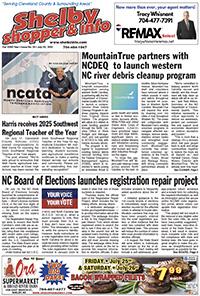| Carolina Music Productions 041112 |
Harper justin@cfmedia.info
|
|
Believe it or not, origins of the banjo extend farther than the deep rooted bluegrass in Appalachia and surrounding areas. While there are biblical accounts of the harp and the lyre, both stringed instruments similar to that of which we recognize today, predating the New Testament, one can trace the banjo's most authentic predecessor to West Africa.
During the colonization of early America in the 17th and 18th centuries, people from the "Rice Coast" or "Windward Coast" (a traditional rice growing area on Africa's West coast) were transplanted to all over the world. With them came melodies, stories, and instruments of their native land like the "Ekonting," an example of a finger-plucked lute made from a gourd. The "Banza," and the "Strum-Strum," are also recognized as early forms of the banjo. These instruments all featured, a gourd body covered with an animal skin, a bridge to hold strings in place, a neck connecting the body and bridge that featured at least two strings (one of which is used as a drone much like the 5th sting on a banjo.)
Just what did Earl Scruggs do for the banjo?
Aside from popularizing the banjo as a standard instrument in bluegrass, folk, and county music, and giving us so many great recordings of banjo music with other legends like Bill Monroe, Lester Flatt or Doc Watson, the late, great Earl Scruggs also provided us with new way to play the banjo. 'Scruggs style' is finger-picking that uses picks on the thumb, index and middle fingers. By optimizing the number of notes that can be plucked in a measure, Earl Scruggs' style was a flurry of syncopated arpeggios with tasteful bends, slides, and hammer-ons combined with a variety of picking called 'rolls'.
Calling all students songwriters, musicians and singers! We are looking for submissions to be showcased in our Cleveland County Artists feature:
|
|
|
Printer-friendly format
|
|




